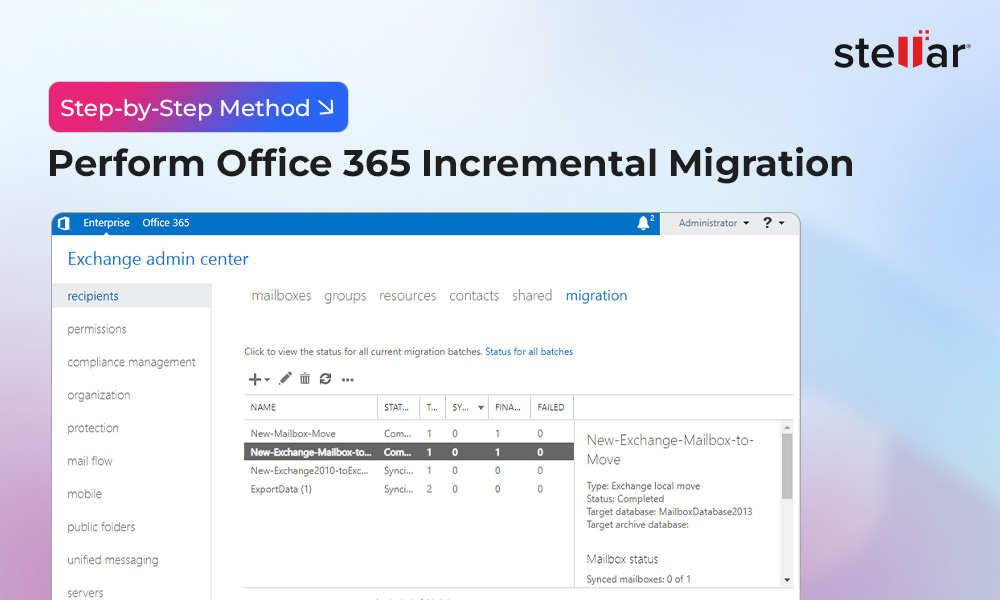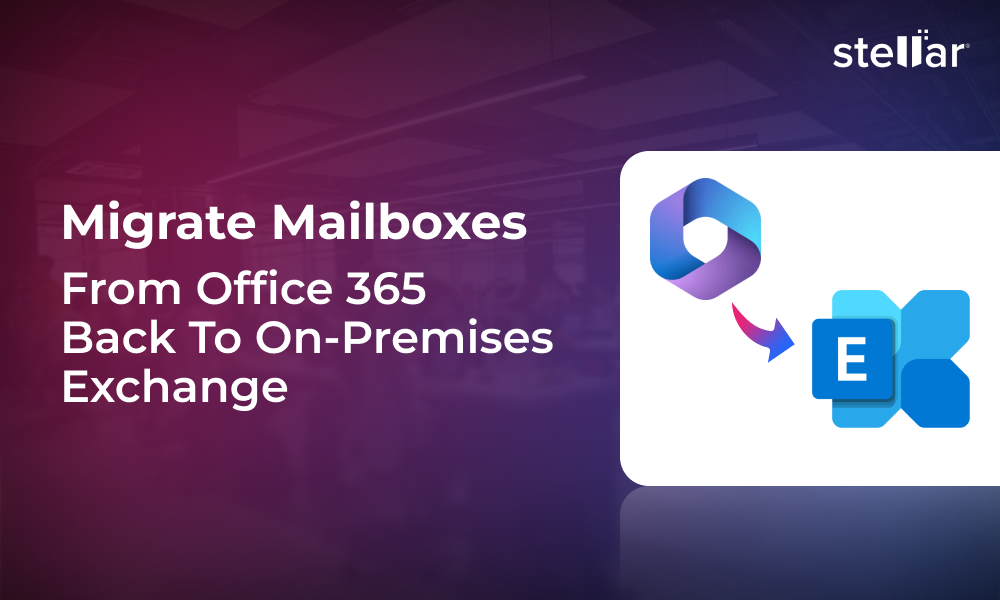Organizations might require to merge two Office 365 (Microsoft 365) tenants or perform tenant to tenant migration for different reasons. These include merger and acquisition (M&A), meeting the compliance requirements, and various others. But it is not an easy task. Successfully merging the two tenants requires careful planning, properly mapping of the resources, synchronization of users, migration of data, etc. In this article, you’ll find the detailed process of merging two Office 365 tenants.
Why do you Need to Merge Tenants?
There are several scenarios where you would need to merge different tenants to simplify collaboration and reducing the complexity of the inter-company services while also enhancing compliance and governance, depending on the nature of business. The most common scenarios for merging Office 365 tenants are:
- Business merger or acquisition. Although the business models would be different, consolidation of IT infrastructure is required to improve manageability and collaboration.
- Instances where the group of companies split businesses. Due to regulations or other company requirements, you would need to split the data and services.
- As time passes, businesses would need to rebrand and restructure. Although some display information can be changed, the URL address of the tenant cannot be changed.
Process to Merge Office 365 Tenants
Let's see the detailed process to merge Office 365 tenants or migrate from one tenant to another.
Planning the Merger/Migration
It’s important to start off with the planning. Depending on the size and business of the company, the planning would include taking stock of the inventory of the current system and determine what will be moved and which users/mailboxes are redundant and no longer needed. Apart from planning of the migration, you would need to have a rollback plan just in case something happens and you would need to revert back.
Mapping of Resources
The next step is to do the mapping of users/mailboxes to be moved, including Groups and SharePoint Online needs. This would include full mapping of resources, security and other compliance configurations, like InTunes, Microsoft Sentinel, and other. This would also include mapping of the licenses with the resources, along with the budget and list of all the costs.
Communication to Stakeholders
Before starting the process, communicating to the stakeholders, the users, and also the clients is important because there might be some downtime or disruption to the services.
Preparation of Tenants
There are two ways to prepare the tenants with the users.
1. Manual
This process can be done by verification of the domain in the new tenant and then create a CSV file with the users and groups to create. This will automate the process. It is ideal for small businesses.
2. Synchronization of users
This option might be a little bit complex, but it is ideal for large enterprises and businesses. In this, you need to enable the cross-tenant synchronization between the source and the destination while using Microsoft Graph and choosing the users/ groups to migrate.
During a decided maintenance window, the domains can be shifted to point to the new tenant. The next step will be the data migration to the new tenant. Before proceeding, you must ensure that the post-migration tasks of domains are cleared. Such tasks include:
- Validation of the users and their aliases on the new tenant.
- Updating of all the DNS entries, such as MX, SPF, DKIM, and DMARC.
- Communication with the users and stakeholders, distributing the credentials, and setting up devices and multi factor authentication (MFA).
Data Migration
Data migration is a crucial element for the success of the project. Having data loss or missing data will lead to business loss and also disruption to the business. Unfortunately, there is no native method available to migrate data from one Office 365 tenant to another.
You need to use specialized Office 365 migration tools, such as Stellar Migrator for Exchange, to facilitate smooth migration. By using this tool, you can easily map the Office 365 source tenant to another tenant with ease. There is assurance of data integrity with real-time status of the migration process and full reporting. You can migrate user mailboxes, user archives, shared mailboxes, and public folders. The migration can be filtered based on different criteria, such as date, folder, and item type.
Unlike other tools, Stellar Migrator for Exchange offers minimal downtime and coexistence, with incremental migration of data and ensure continuity of migration in case the process is interrupted. The application also offers the below migration paths.
- Exchange Server to Office 365
- Office 365 to Exchange Server
- Exchange Server to Exchange Server
Conclusion
As you have seen above, a successful migration of services and data from one Office 365 tenant to another requires proper planning and performing other tasks. One of the important tasks is migration of data. With the specialized Office 365 to Office 365 migration tool, such as Stellar Migrator for Exchange, the data migration process becomes smooth and seamless, with the assurance of complete data integrity.












-1822.jpg)
 4 min read
4 min read





